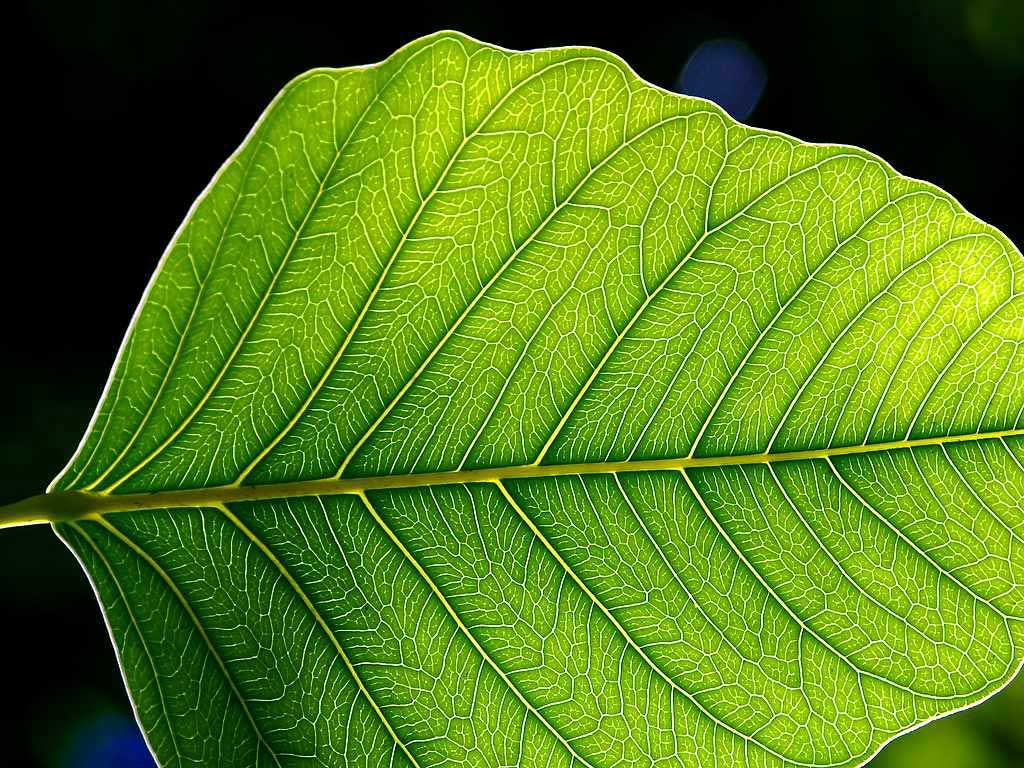Leaf#Veins
Leaf veins, misleading also called leaf veins are the vascular bundles in the leaf blades of the fan leaves. They are divided into the midrib (also main nerve ) and the lateral nerves and serve the influx of water and the transport of assimilates, as well as the mechanical reinforcement.
In dicotyledonous plants, the leaf veins run reticulate, visible as fine lines, from the midrib of the leaf starting on both sides always fine branching. Most leaves the slightly stronger veins protrude from the leaf blade. In paralleladrigen ( parallel venation ) leaves the leaf veins run longitudinally unbranched from the leaf base to the leaf tip. In most cases, these are species of the monocot plants, exceptions are, for example, the plantains dar. But even among the monocots, there are exceptions: including Amorphophallus has net-like veins.
Leaf veins are in classical botany, a feature to determine the relationship. This feature is only of limited relevance, in some taxa, the relationships can very well tell by the leaf veins, in other taxa does not work. In the Paläobotanik the leaf veins are used to fossilized leaves with the leaves to compare today living species and to determine the relationship.










